After Kelly Knoche started teaching middle school in Oakland, at the end of each school year her students would ask if she was coming back. She always said, “Yes!” But after three years in a high-stress environment supporting students whose needs were beyond what could be addressed in a classroom, she was feeling burned out and depleted. She asked herself the same question: “Will I be coming back?”
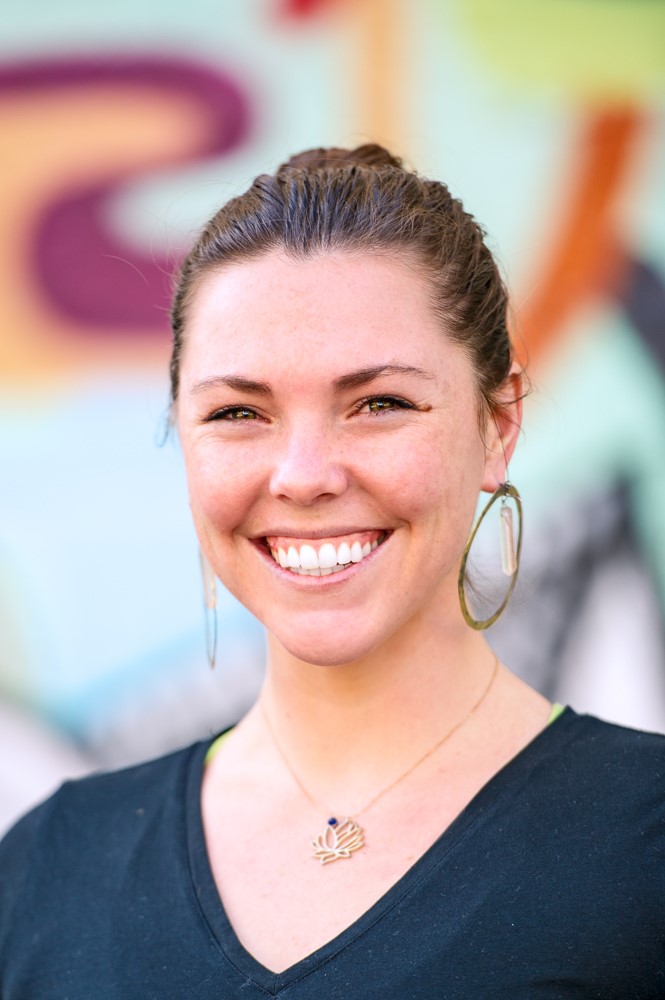
Kelly Knoche
With an estimated 16 percent of teachers leaving the field every year and more than 100,000 open teaching positions nationwide, teacher burnout and the inability to continue the good fight are impacting students in a big way.
The everyday grind of the system alone is enough to burn out some educators, but with the added toll of helping students cope with their own traumatic experiences, many teachers can feel like they have nothing left to give. This emotional strain of working with students who are suffering from the consequences of traumatic events is called compassion fatigue or secondary traumatic stress (STS).
Teacher burnout and STS come at a huge cost to student learning and relationships with communities that are often most in need of stability, Knoche says. The constant stress and anxiety of teaching in an underresourced school system like Oakland Unified can have major impacts on educators’ health and lives, including challenges to keep up with daily demands and personal responsibilities.
“Educators are expected to help students through their trauma, but we’re not getting what we need for our trauma. If we’re not good to ourselves, we’re no good for our students.”
—Wendy Eccles, president of NEA-Jurupa
After six years watching her colleagues in Oakland struggle with the ever-growing list of demands, the former Oakland Education Association member left the classroom to found The Teaching Well. It works to empower school systems to more effectively support, retain and leverage the skills and talents of educators by providing tools for healthy dialogue, emotional regulation and mindful stress resilience. This is how thriving school ecosystems are created, Knoche says. “We’re doing something radical here. We’re trying to change the cultural norm of what it means to be an educator.”
It can’t come soon enough, as the impact of traumatic events — whether ongoing from poverty or chronic abuse, or from devastating natural disasters, school shootings, or trauma in the family or community — affects increasing numbers of students.
According to Stephen Brock, school psychology professor at CSU Sacramento, symptoms of secondhand exposure to trauma are the same as direct exposure, making it vital for educators to be deliberate about personal wellness and weave self-care into daily life.
“Educators are expected to help students through their trauma, but we’re not getting what we need for our trauma,” says Wendy Eccles, president of NEA-Jurupa. “If we’re not good to ourselves, we’re no good for our students. And our working conditions are our students’ learning conditions.”
In fact, CTA believes that educators’ working conditions should allow time for their health and well-being. “Self-care goes hand in hand with sustainable health and well-being systems and programs supported by school administrators and districts,” says CTA President E. Toby Boyd. “One does not happen without the other.”
Some CTA locals have begun advocating for these essentials by exploring how to incorporate them in Local Control and Accountability Plans or negotiate them into educator contracts (see “Negotiating Wellness” below).
Check out our suggestions and resources for self care.
Giving support and showing care to fellow educators
Instructional coach Jennifer D’Antoni says she and her colleagues working at a Title I school face a lot of unique challenges related to widespread poverty and the effects of generational inequity. Over the past few years, many students at Twinhill Elementary School in Riverside have lost parents to gun violence and incarceration. Educators come together every time to support them through their grief, she says — but who helps the teachers?
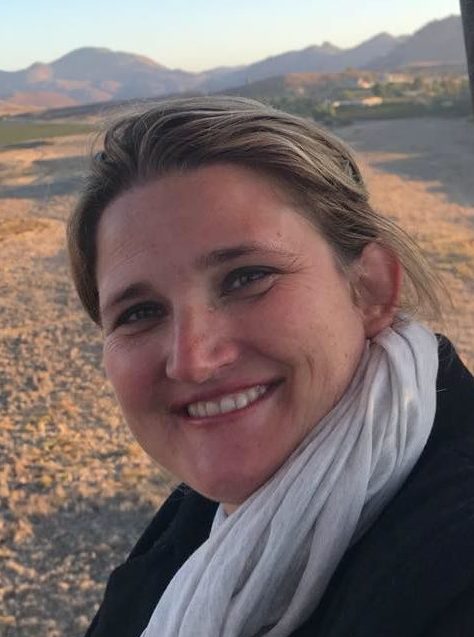
Jennifer D’Antoni
“At my site, new teachers are getting burned out quickly and losing that fire they had when they first started. There’s support for the students but not for the teachers, so they just keep it bottled up,” says D’Antoni, a member of Alvord Educators Association. Unreasonable expectations from district administrators add another layer of pressure. “We’re worried about putting food on the table for these kids, and then you’ve got admin telling you to get the test scores up. It’s a constant need. We’re constantly drowning.”
A 15-year educator, D’Antoni is taking her experience and using it to inform and power her work to help her fellow AEA educators make space for themselves and find some balance in their hectic lives. As a member of CTA’s Instructional Leadership Corps (a partnership with the Stanford Center for Opportunity Policy in Education and the National Board Resource Center at Stanford University), D’Antoni leads workshops on self-care for educators, including lessons on time management, mindfulness and gratitude journaling (a nightly practice of writing a journal entry about three things that happened that day to be thankful for).
“Self-care is about helping each other. You should have somebody with you in your journey to make sure you’re getting it done.”
—Jennifer D’Antoni, Alvord Educators Association
“That changes your mindset about what happened in the day,” she says. “It’s important to get some balance in your life.”
During the two-part self-care workshop, hosted by AEA, D’Antoni discusses being thankful, the importance of physical and mental health, finding work-life balance, and helpful meditation techniques. She also assigns homework to her teachers — they need to practice gratitude daily, do personal work in a self-care area, and make the commitment to being better to themselves.
D’Antoni says her workshop isn’t like an unused gym membership. “The teachers report to me on their self-care progress, so there’s an accountability piece,” she says. “Self-care is about helping each other. You should have somebody with you in your journey to make sure you’re getting it done.”
Middle school counselor Nellie Finn has made it a personal mission to provide Oceanside educators with tools and practices to give themselves space and care for themselves. She says that education attracts people with certain characteristics, like altruism, a generous nature and selflessness, which can be a double-edged sword.
“Selfless means not taking care of yourself,” says Finn, a member of Oceanside Teachers Association. “How do you take care of yourself without feeling selfish?”
“It’s important to educate the administrators that teachers and staff need self-care and wellness support. This is about being the best we can be to be positive role models for kids.”
—Nellie Finn, Oceanside Teachers Association
Along with her school counselor colleagues, Finn organized a recent staff development day focused on self-care. All staff were invited to the event, which featured a chef who showed attendees how to make quick, healthy food and a local farmer with boxes of fresh produce for sale.
“We wanted all staff to be at the event so everyone knows what we’re talking about. We’re creating a self-care culture,” Finn says. “It’s important to educate the administrators that teachers and staff need self-care and wellness support. This is about being the best we can to be healthy role models for kids.”
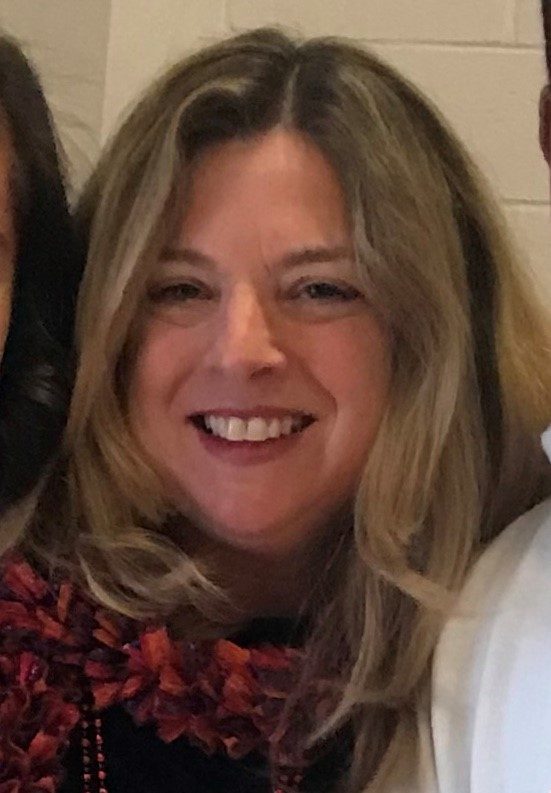
Nellie Finn
Finn partnered with a yoga therapist and developed a workshop focusing on breathing and stretching techniques to help educators make some mental space to better deal with high-stress situations. They even presented together at last year’s California Association of School Counselors conference.
Licensed yoga therapist Trevor Hawkins brings a personal motivation and a unique perspective to the mission: His mother, Marcie Madueño, was a classroom teacher for 15 years before retiring, working with students with extensive needs. Hawkins says that prior to entering education, his mother worked as a paralegal at one of San Diego’s most prestigious law firms.
“I thought that I had seen the most stressful work she could possibly do, but I was wrong,” he says. “It was difficult to witness how much of a drain that was on my mom and the teachers she worked with. It seems like you have to be superhuman. They are emptying themselves so much every day that their ability to recover is impacted. A weekend of rest isn’t near enough, but educators are willing to jump back into the fray because they are committed.”
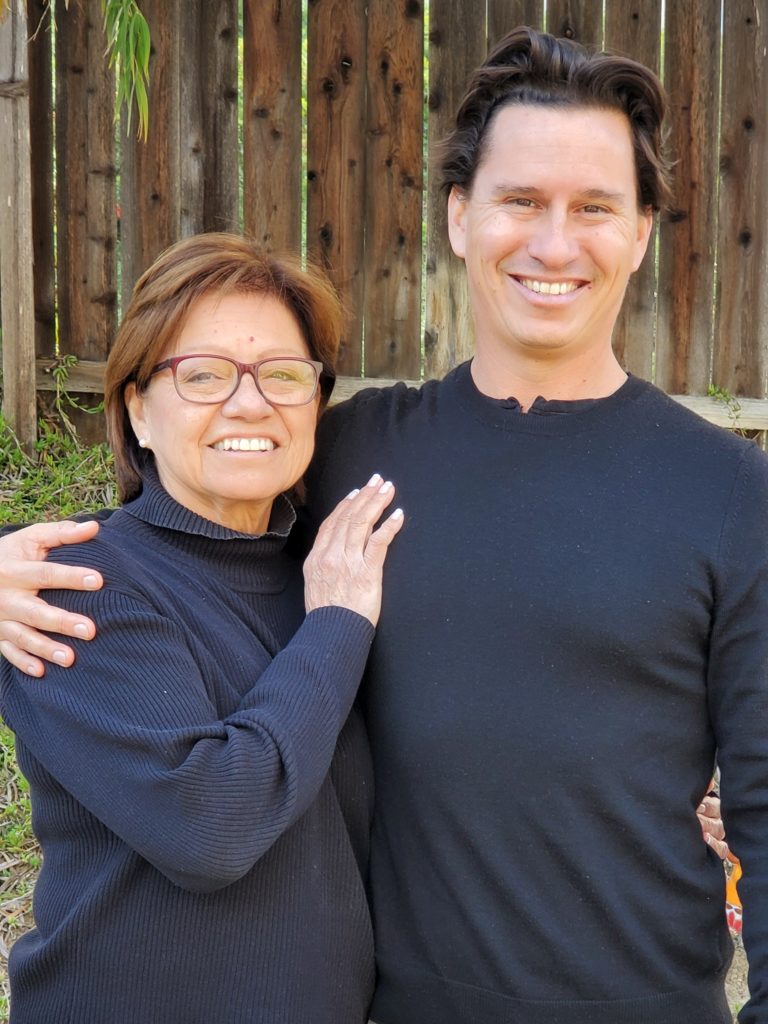
Yoga therapist Trevor Hawkins and his mother, teacher Marcie Madueño.
Hawkins suggests that all educators become “students of themselves” to support their physical, mental and emotional health, so that they can best help their students, many of whom are dealing with difficult trauma. As the son of a teacher, he wants educators to know that their families understand when their important jobs make them sometimes unavailable.
“Ultimately, we all understand because they are giving to other kids,” Hawkins says, adding that it helped them both when his mother came home, shared about her tough days and showed vulnerability to him. “That gave me a chance to be a compassionate family member and understand what she was going through.”
Self-care, wellness: Bargain it?
In Jurupa Valley, Wendy Eccles is focused on expanding and strengthening resources for educator self-care. When an elementary student recently attempted to jump off a school building and threatened the life of a teacher, it was a source of great concern to the NEA-Jurupa president.
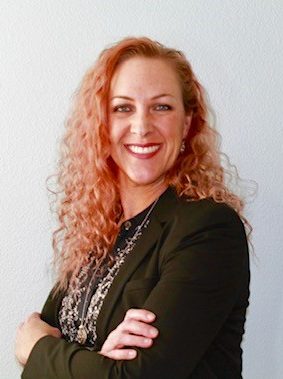
Wendy Eccles
“How do we create a multipronged approach? I want to take this into our LCAP [Local Control and Accountability Plan] meetings,” says Eccles, emphasizing that with multiple Jurupa teachers out on stress leave this year, the time to act is now. “This is a serious issue. Nothing else can be done without dealing with this first.”
While fighting for better self-care resources from the school district, Eccles is also working to make sure her fellow educators know their union cares about them and their well-being.
“Just letting people know that the association cares and that I care really goes a long way,” Eccles says. She wants to expand NEA-Jurupa’s self-care program. “I’m always looking for new and different ways to help people take care of themselves. Selfish is not a bad word.”
Compassion Fatigue and Burnout
Compassion fatigue is commonly experienced by those who help others in distress. An extreme state of tension and preoccupation with the suffering of those being helped can create secondary traumatic stress (STS) for the helper, according to Charles Figley of the Tulane Traumatology Institute. Since educators are often in situations where they see or hear about ongoing and sometimes severe suffering, they are far more susceptible to compassion fatigue.
Burnout is defined by the American Institute of Stress as a cumulative process marked by emotional exhaustion and withdrawal associated with increased workload and institutional stress. Burnout is not trauma-related but can coexist with compassion fatigue.
Negotiating Wellness
The NEA-Jurupa chapter is taking steps to collaborate with district managers to address educator wellness. President Wendy Eccles says she and her fellow officers are working with an assistant superintendent to figure out the makeup of a committee that will focus on the issue.
“We are very excited to embark on this journey,” Eccles says. “After many conversations, our district is beginning to understand the importance of wellness.” Eccles expects the outcome will include alleviating or avoiding working conditions that create and increase toxic stress.
“In addition, it would be great to allocate resources for teacher wellness, [such as] meditation resources, self-care conferences and retreats, and staff professional development on self-care.”
Upcoming coverage will explore other ways chapters can help make educator wellness an integral part of the job, from bargaining it into contracts to incorporating it in the Local Control and Accountability Plan (LCAP).
This story is part of our series on Teaching Through Trauma. See more stories and resources at the links below.
Stories
- Teaching Students with Trauma: Practices that work
- A Culture of Compassion: What trauma-sensitive schools look like
- Phoenix Rising: Healing after natural disasters
- Crisis in Our Classrooms: Frightened, anxious immigrant students try to focus on education
- How COVID-19 Impacts the Undocumented
- Returning to Children’s Community Charter School in Paradise
- No Such Thing as a Bad Kid: Youth-care expert Charles D. Appelstein
- Taking Care of You, Too: Educator self-care is critical
- In Their Own Words: Helping students tell what they’ve lived
Resources
- How to help students after disaster
- Restorative practices that aid in trauma recovery
- Trauma Toolkit for Educators
- Helping our immigrant & undocumented students
- Know your rights with ICE
- Educator self-care tip sheet
- Defining trauma
- Symptoms of trauma
- Guidance from UC San Francisco’s HEARTS
The Discussion 0 comments Post a Comment